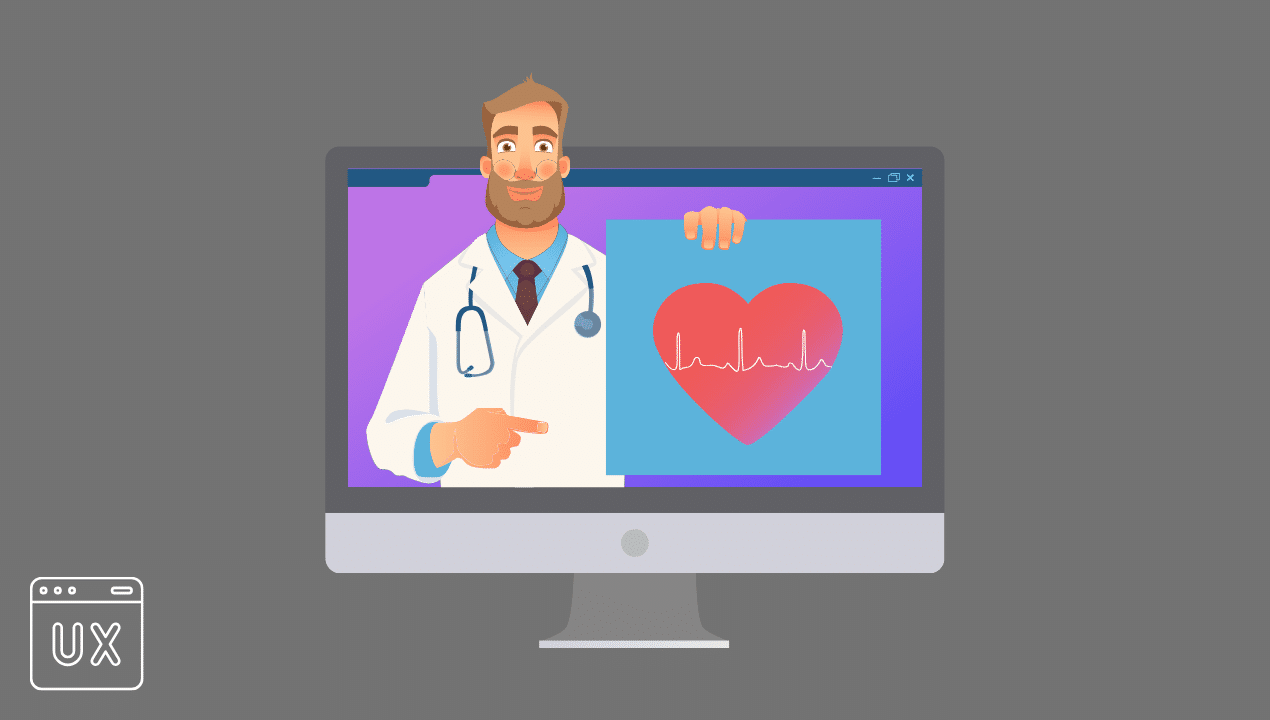When dealing with a health condition, the last thing anyone needs is a complicated website. With healthcare increasingly reliant on digital platforms, user-friendly design in health-related websites is no longer optional, it’s essential. This comprehensive guide explores how to enhance user experiences (UX) in health websites through user-centered design, ensuring that these platforms provide clarity and comfort when they’re needed most.
A positive experience on any health-related website hinges on accessibility and intuitive design. It’s about creating a space where finding and understanding information is easy for everyone, from tech-savvy teens to older adults managing chronic conditions.
Identifying Design Issues for Better UX in Health Websites
Improving health websites starts with a critical look at their current user experience. Identify points of user confusion or where they get stuck – think of it like pinpointing pain points in a patient’s healthcare journey.
Navigation needs to be intuitive. Visitors should find what they need without a treasure map. It’s not about a complete overhaul, but rather about refining elements for smoother site exploration. Are menu titles clear? Does the content hierarchy make sense?
Finally, put yourself in the shoes of a user with specific needs. Simulate common scenarios – how easy is it to book an appointment or find emergency information? This empathy-driven approach highlights areas primed for improvement.
Simplifying Information Structure for Clarity
Simplicity is paramount in effective website design, especially for health information. A convoluted path to vital details breeds user frustration, even distress. So, how do we champion clarity?
Start with a straightforward structure, organizing content logically and predictably. This means using categories and subcategories that align with common user expectations – a patient-centric approach, not a system-focused one.
Equally important is the language used. It needs to be accessible. Not everyone is fluent in medical jargon. Plain language isn’t just preferable, it’s crucial for inclusivity. Define complex concepts and procedures to foster understanding, replacing ambiguity with clarity.
Empowering Patients with Integrated Tools in Health Websites
Interactive tools on health websites can give users much-needed control over their healthcare experience. Efficient tools for managing personal health records are essential, offering secure and personalized access to one’s own data.
Successfully integrating such systems requires partnering with care management software vendors such as Foothold Technology. Their expertise lies in creating interfaces that are both user-friendly and adhere to privacy regulations, as detailed in their article about care management software.
Providing online access to medical histories, appointments, and treatment plans involves more than secure logins. It demands an interface that resonates with user needs – one that’s clear, responsive, and reassuring. This is where sophisticated solutions meet thoughtful design to create truly empowering experiences for patients.
Accessibility as a Core Value
Prioritizing accessibility on health-based websites goes beyond mere compliance; it’s about providing compassionate service. Consider the wide range of individuals seeking health information: How does your website cater to those with visual or hearing impairments?
Features like screen readers and alternative text for images are more than just add-ons; they’re essential for accessing vital content. Even design elements require careful consideration – are color contrasts helpful for users with color blindness? Are videos captioned?
Incorporating these adjustments sends a powerful message: Every user matters and deserves barrier-free access to information. Inclusivity in healthcare shouldn’t stop at the physical doors of a clinic or hospital; it needs to extend to the digital spaces where many now seek care.
User Interface Design Tailored for Seniors
Designing for seniors requires a specific approach, one that prioritizes ease of use and accessibility. With this demographic becoming increasingly active online, how can health websites cater to their unique needs?
Larger font sizes and buttons can make navigation much less strenuous for aging eyes. Clear, concise instructions and error messages provide necessary guidance without resorting to patronizing or complex language.
Importantly, consider the journey of a senior navigating your website. Features like easily accessible live support can bridge the digital literacy gap, turning potential frustration into empowerment. Adapting online experiences to accommodate aging web users shows respect for their needs and enriches their access to essential health resources.
The Road Ahead: Embracing the Future of Health UX
As we strive for better health outcomes, let’s not neglect the digital spaces where first impressions are often formed. Health websites can be transformed into beacons of hope and efficiency by addressing design flaws, simplifying complex structures, enhancing accessibility, and personalizing experiences for users of all ages.
It’s time for action in health web design. Everyone deserves an online experience that alleviates, not adds to, their healthcare journey.
